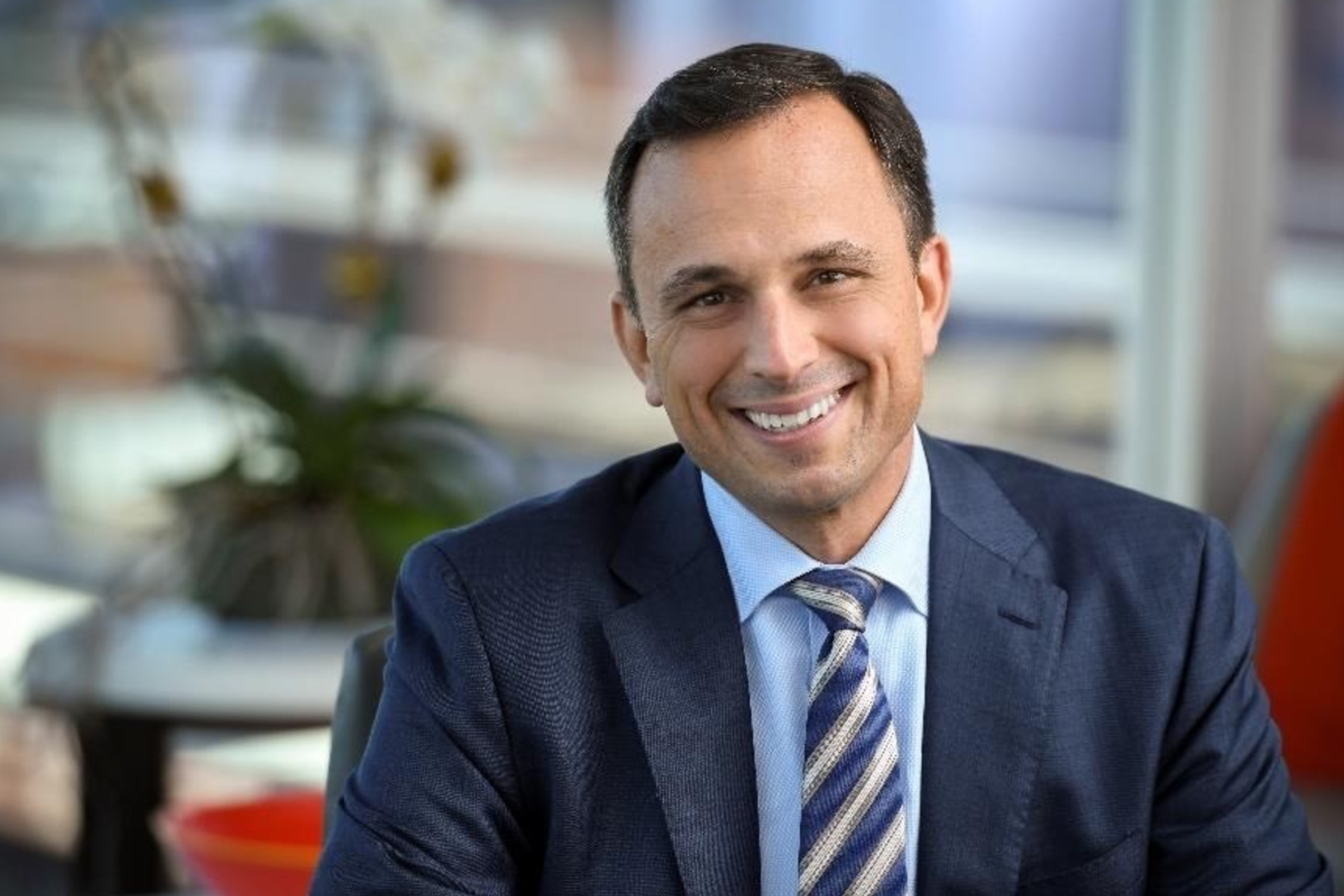
General Catalyst’s Daryl Tol lays out why he thinks he can help health systems transform themselves
(This story is from our new Health Tech newsletter. If you’d like to sign up, just click here.)
General Catalyst is one of the most prolific investors in healthcare startups, but the firm has also been thinking about how it can transform existing health systems. In 2022, it hired Daryl Tol, a longtime health system executive, to head up its effort to build a health industry that’s more affordable, accessible, and better at care.
As part of that effort, known as the Health Assurance ecosystem, on Oct. 8 the firm unveiled its latest big attempt: a new company called Health Assurance Transformation Corporation (HATCo for short). It’s led by former Intermountain Healthcare CEO Marc Harrison, and one of its big plans is to buy a hospital system.
While he didn’t comment on the specific work HATCo is doing, Tol did speak with Endpoints News about the approach he’s taking at General Catalyst.
Stepping outside the chaos
“Within a system, it’s hard, hard work to advance ideas,” Tol said. “There are a million ideas. They’re all trying to be advanced. And you’re really doing it from the center of a whirlwind.”
Leaders at health systems are living in that whirlwind, and Tol said he would have wanted someone who could serve as advisor, like what he’s doing now at General Catalyst. Ideally, the General Catalyst team can bring fresh eyes from an outside perspective, “seeing things that are hard to see from inside” to think about the future.
“That’s the contrast,” Tol said.
Health systems share common priorities
As part of its Health Assurance strategy, General Catalyst is writing a transformation playbook for its health system partners. When asked how that might account for the different shapes and sizes of health systems, Tol said they share more similarities than expected.
“There are a lot of imagined differences among health systems. But the problem set and the transformation requirements are actually very similar,” Tol said.
For instance, health systems are facing issues with their workforces that they need to change, they have to find ways to be more focused on consumers, and they need to move, as Tol put it, “from bricks and mortar to clicks and mortar.” Yes, some might be in a stronger financial position than others, the makeup of how many government-funded patients they serve might vary, and they might be more rural or city-based. Even internationally, Tol said, there’s commonality among health systems.
“The need to empower consumers, transform the workforce, move to clicks and mortar, these are very common,” Tol said. “So it’s actually been comforting, because I would have imagined more difference.”